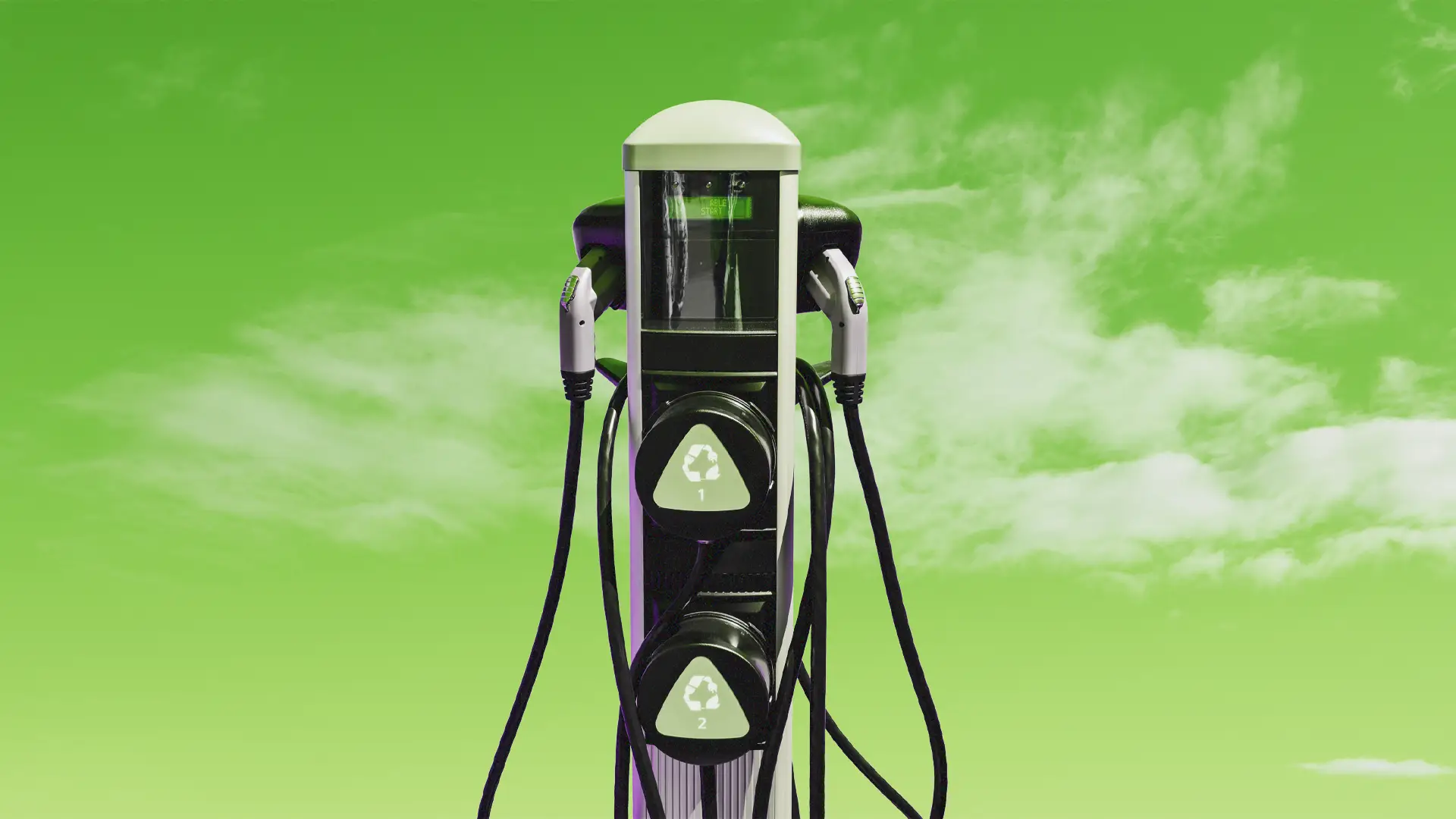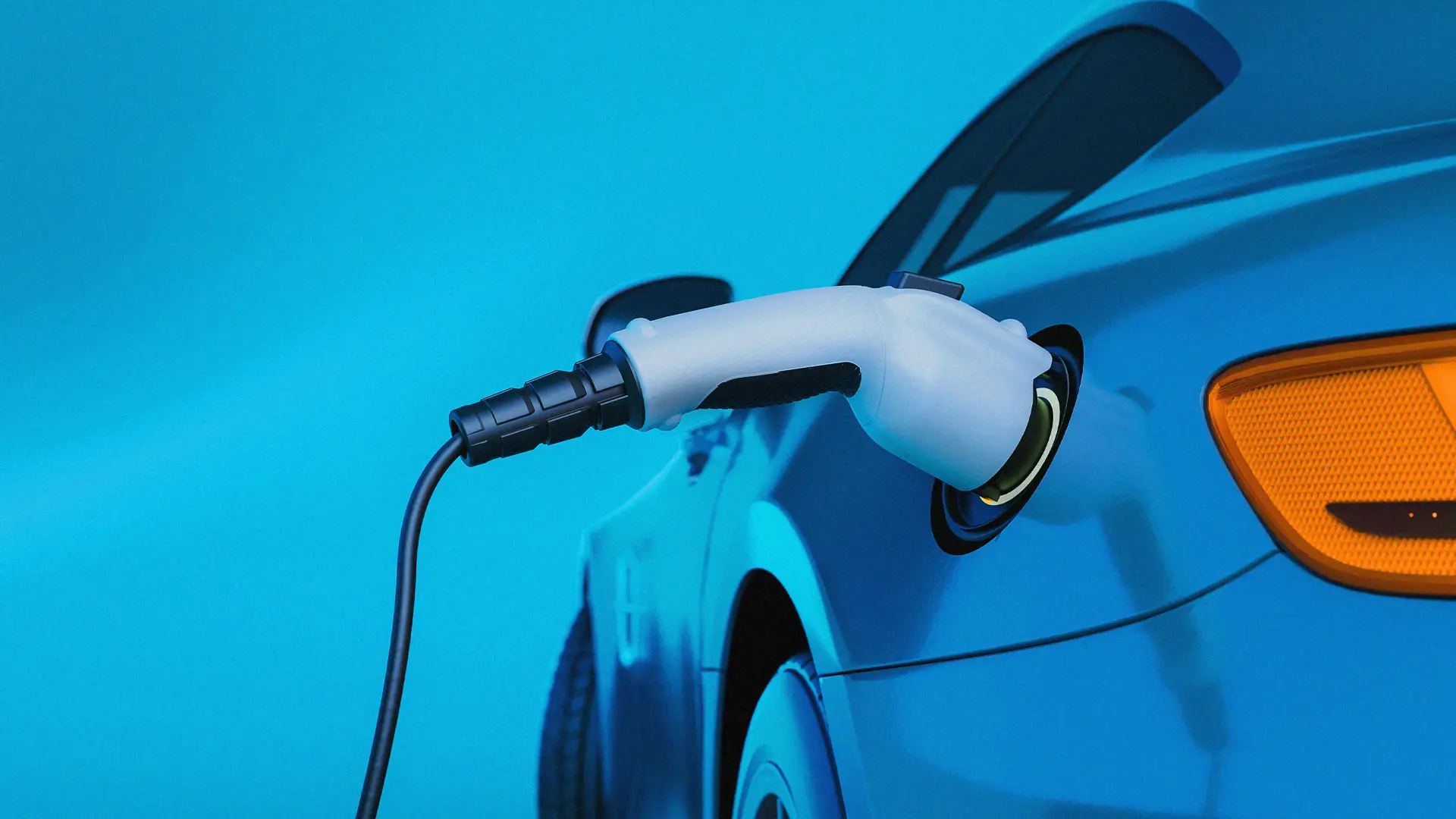Key Takeaways
- BYD, a Chinese automaker, is dominating the global electric vehicle (EV) market, surpassing Ford and GM to become the fifth-largest automaker worldwide, with record-breaking sales and plans to expand operations in North America, including Mexico.
- American automakers like GM and Ford risk falling behind in the global EV race if they continue to rely on outdated strategies and protectionist policies rather than accelerating innovation and competing on a global scale.
- Tesla is facing significant challenges, with declining sales in Europe and the U.S., along with a substantial drop in market value, partly due to backlash against Elon Musk's political controversies.
- To stay competitive, U.S. automakers must resist isolationist policies and focus on innovation aimed at global markets, as the world rapidly moves toward electrification.
Have you ever driven a Trabant? What about a Wartburg Knight? An FSO Polonez? No, probably not. These were all car brands that were caught on the wrong side of history. Developed behind the Iron Curtain during the Cold War, Eastern Bloc engineered, and barely functional; they had nothing of the innovative genius that defined Detroit or Japan. When the Berlin Wall fell, so did these brands, unable to compete in an accelerating world that had utterly passed them by.
It’s a sterling example of what happens when you build walls around technology.
Fast forward a half-century. This time, it's not the Kremlin but our own government and our industry that is shutting technology up behind the wall. Meanwhile, just across America’s southern border, beyond the rhetoric of walls and trade tensions, lies a city that offers a glimpse into the future of mobility. Mexico City, a sprawling metropolis of 22 million people, is rapidly becoming a global showcase for the EV industry’s future.
BYD's rise and Detroit's challenge in the EV revolution
In 2025, over 15 million North American tourists will fly into Mexico. Upon arrival, many will find themselves stepping into a BYD Uber, whisked away to world-class restaurants, historic parks, and cultural institutions in a wonderful vehicle they barely notice is an EV. And, somewhere on the journey, they’ll Google for info about their BYD Shark or BYD Seal and discover that the high-tech, comfortable, and stylish vehicle costs around a third of the price of a comparable American-made EV and even less than the price of the average internal combustion engine (ICE) vehicle in the U.S. A quick online search en route to their hotel confirms it: BYD is producing world-class EVs at prices that seem almost too good to be true. BYD means “Build Your Dreams.” But these dreams aren’t being brought to life by Ford or GM. They belong to BYD, the Chinese automaker that is quickly becoming Detroit’s worst nightmare.
So, how to react? Honestly, a little protectionism can be a good thing from time to time. It gives companies time to catch up. But too much begins to leave you in a state of serious denial. Leaning back into the comfort of making ICE vehicles while tariffs are used to shield the industry from true competition won’t hold back the tide of change for long, not globally at least. The world today is quickly moving forward with electrification, and if Detroit clings to outdated strategies, technologies, and marketing, it risks being left far, far behind.
This is not hyperbole; it’s already happening.
The shifting tides of the EV industry: BYD's rise and Tesla's struggles
BYD’s meteoric rise is undeniable. In 2024, the company sold a record-breaking 4.27 million vehicles worldwide—a staggering 41% increase from the previous year. This surge catapulted BYD past Ford and GM, making it the fifth-largest automaker globally. And it’s not just in China. In Mexico, BYD is doubling down, planning to establish a manufacturing plant to support its rapidly growing operations. The company expects to double its sales in Mexico by 2025, solidifying its foothold in North America despite being blocked from the U.S.
On the topic of walls, Tesla—the poster child for America’s EV revolution—is hitting one. Tesla sales in Europe are plummeting, with declines of 63% in France and 59.5% in Germany, partially if not mostly due to backlash against Elon Musk’s political mayhem. Even in the U.S., Tesla experienced its first-ever annual sales decline in 2024, and, since the start of 2025, it’s lost approximately 30% of its value. The brand that once symbolized the future is sinking fast at a critical juncture.
The irony is hard to ignore: America, once a champion of EV innovation, is now retreating just as the world accelerates toward an electrified future. Meanwhile this administration has shown its determination to drive in the opposite direction, at Trump’s directive, charging infrastructure that was already paid for is currently being torn out.
It certainly is a tricky time. So, what should GM and Ford do?
Automakers must accelerate innovation or risk global obsolescence
How can they resist the gravitational pull of today’s messy national politics? The answer is simple: keep the bar set to the global markets. After all, that’s how innovation is always being measured. Instead of being stuck behind the walls the isolationists are throwing up, they must look out across every continent, see where the future is going, and figure out how to catch up.
First, they need to double down on R&D, pushing their Engineers, Designers, and Researchers to create the next generation of EVs—vehicles that are technologically superior. They’ve already shown they can beat Tesla, Ford’s Mach-E truly puts it to shame. Now, they just need to take two more critical steps—pricing and marketing.
BYD’s affordable price point shouldn’t be an outlier; it should be the industry standard. American automakers have the talent and resources to make this happen—if they have the will.
Second, they must embrace aggressive, disruptive marketing. The demand for EVs in the U.S. isn’t inevitable; it has to be cultivated. Legacy automakers need to make EVs aspirational, positioning them as symbols of progress, innovation, pride, and economic strength. The success of Tesla’s early days wasn’t just about the technology—it was about the story it told. GM and Ford must recognize that the playbook for selling EVs is totally different from the playbook for selling this year's model. It’s a whole different game, and they need to learn it.
Finally, they must take full advantage of their home-field advantage. While BYD eyes Mexico as a gateway to North America, GM and Ford still have unmatched manufacturing and distribution networks in the U.S. They should leverage these strengths to streamline production, reduce costs, and make EVs accessible to the average American consumer.
The future isn’t waiting. BYD isn’t waiting. Our planet isn’t waiting. Every day, Detroit wavers and waffles, it gives up future market share and risks vanishing into history while brands like BYD race ahead. The question isn’t whether the world will transition to EVs—it’s whether the U.S. will lead, follow, or exit from the race entirely.
The road ahead is clear, which makes the question even clearer. Is Chevy going to be the next Trebant? Is Dodge going to be the next Polonez? American automakers need to hit the accelerator on EV innovation, manufacturing, and marketing and break out past the coddling wall this government is trying to build. We know the future is electric; Detroit just needs to prove that it’s still got the drive to get itself there.
Latest.

Reimagining org design in the fast-paced new world of AI.
Insights from InsideOut, Leadership & Management, Content & Creative

Meet the new emerging role: AI Trainer
Career Advice, Leadership & Management, Engineering & Technology, Innovation & Emerging Tech, Talent Acquisition & Recruitment

The great AI investment paradox.
Leadership & Management, Engineering & Technology, Innovation & Emerging Tech








